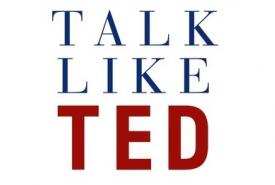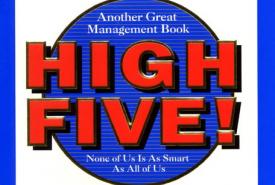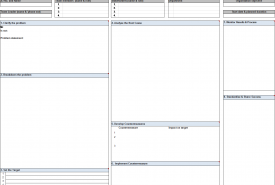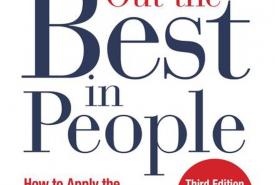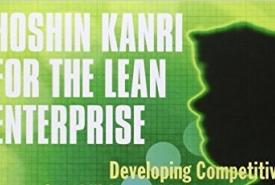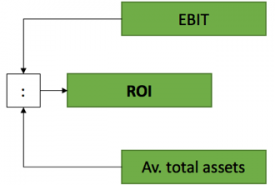Making Materials Flow - R.Harris, C.Harris C. & W.Wilson (summary)
In Making materials flow, Rick Harris, Chris Harris and Earl Wilson describe the topic of Material replenishment. In complex production processes, focusing on how each U-cell or production line is fed with material is just as interesting as the flow of the product through these cells.
The authors describe a four step plan to implement the most efficient material replenishment system: create a plan for every part (PFEP), install a market of purchased parts, design delivery routes and continuously improve & sustain the system.

